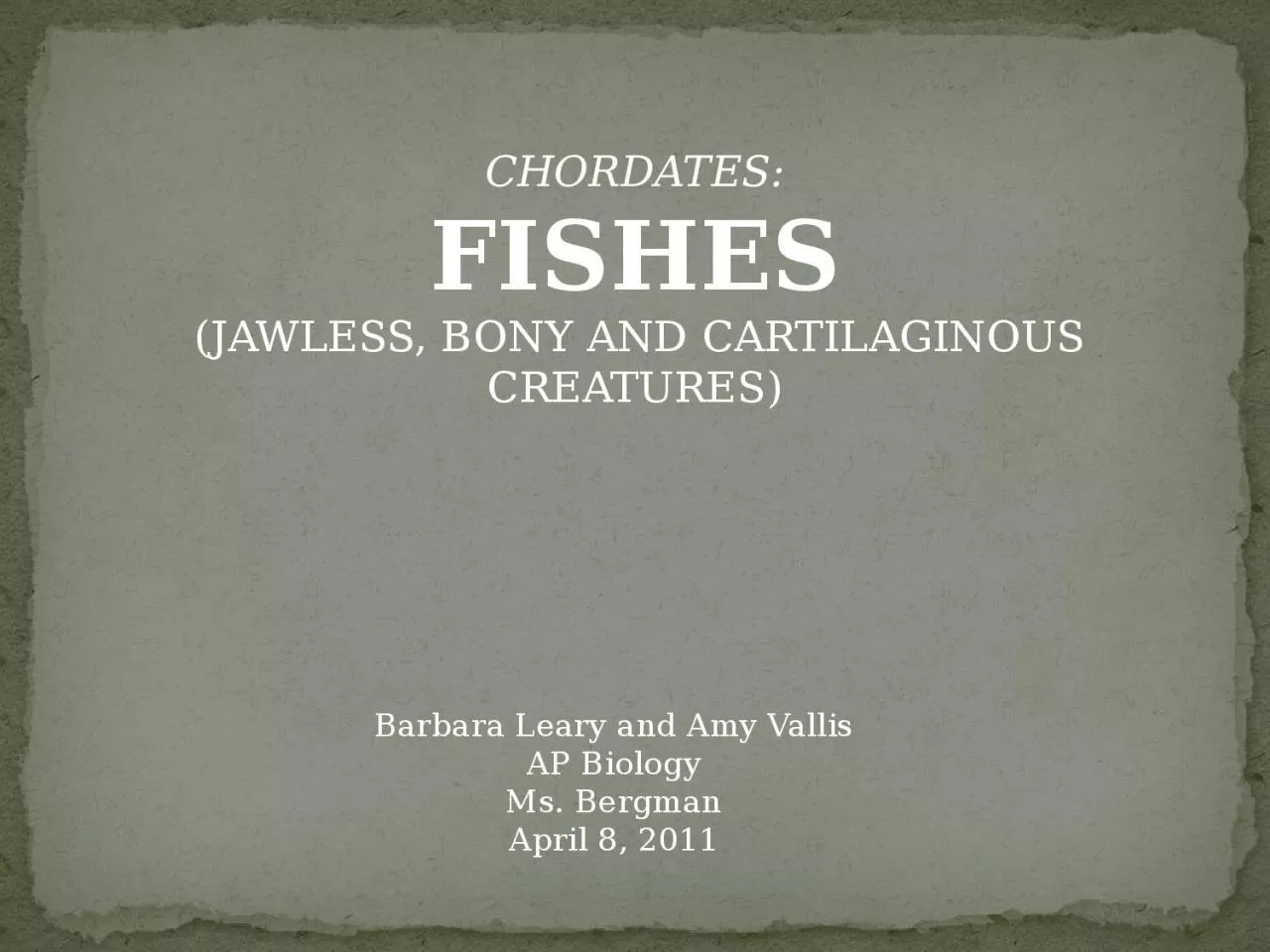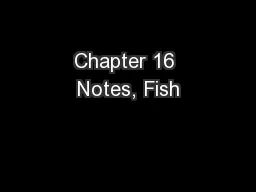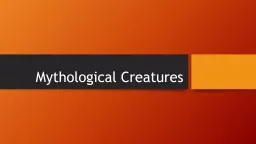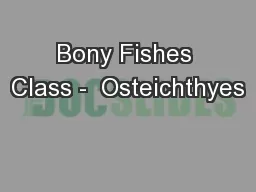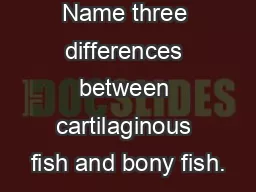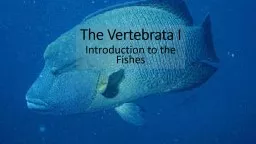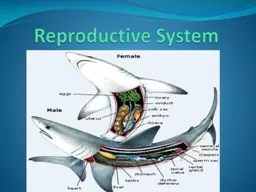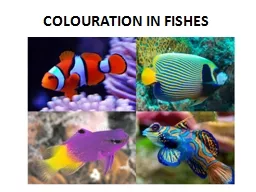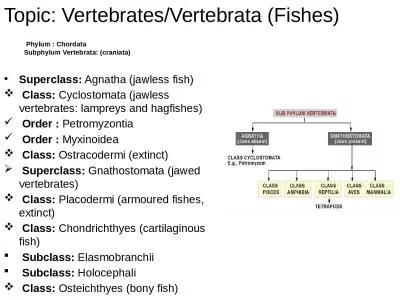PPT-CHORDATES: FISHES (JAWLESS, BONY AND CARTILAGINOUS CREATURES)
Author : lam | Published Date : 2023-11-17
Barbara Leary and Amy Vallis AP Biology Ms Bergman April 8 2011 BODY STRUCTURE AND COVERING BONY FISH Teleosts Scales are flatter covered by thins layers of skin
Presentation Embed Code
Download Presentation
Download Presentation The PPT/PDF document "CHORDATES: FISHES (JAWLESS, BONY AND C..." is the property of its rightful owner. Permission is granted to download and print the materials on this website for personal, non-commercial use only, and to display it on your personal computer provided you do not modify the materials and that you retain all copyright notices contained in the materials. By downloading content from our website, you accept the terms of this agreement.
CHORDATES: FISHES (JAWLESS, BONY AND CARTILAGINOUS CREATURES): Transcript
Download Rules Of Document
"CHORDATES: FISHES (JAWLESS, BONY AND CARTILAGINOUS CREATURES)"The content belongs to its owner. You may download and print it for personal use, without modification, and keep all copyright notices. By downloading, you agree to these terms.
Related Documents

